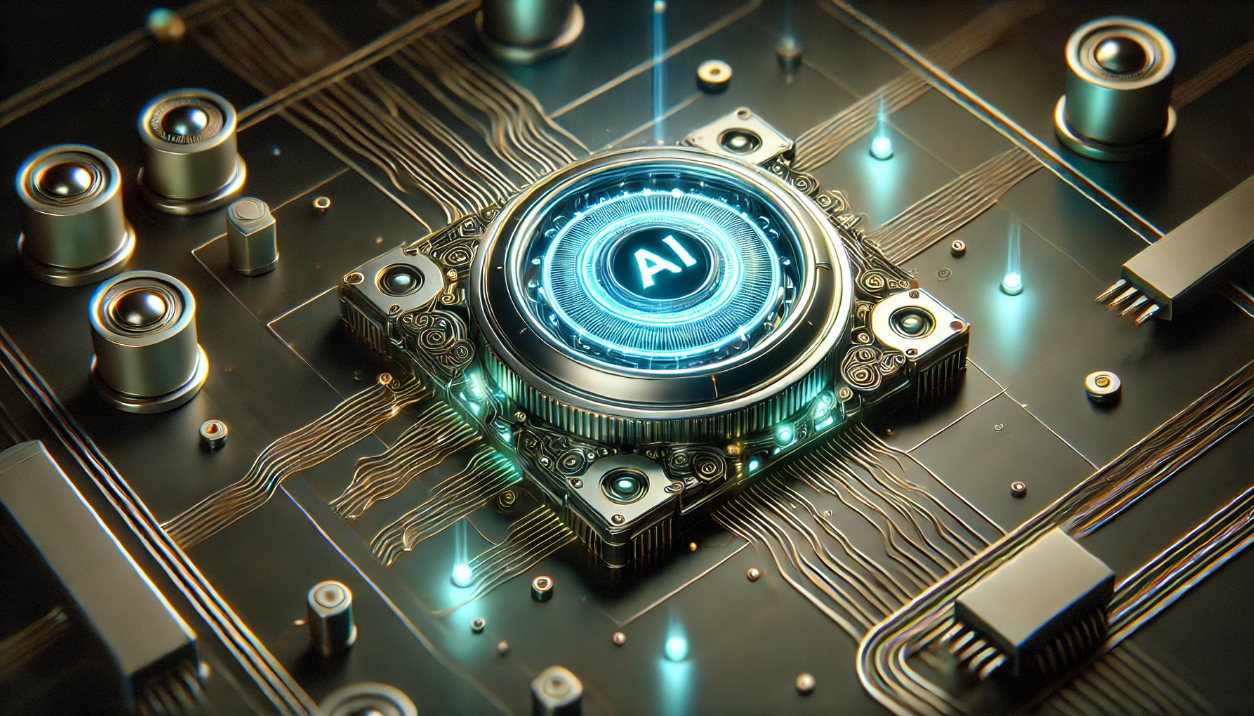AI Systems That Enhance Themselves: Are We Ready to Let Machines Take Over Their Own Upgrades?
In the wild world of AI, the concept of “self-enhancing” machines is no longer a sci-fi fever dream—it’s here, evolving at a pace that makes even the most seasoned techies (like yours truly) a little nervous. As CTO of TravelFun.Biz, I’ve seen my share of software upgrades and tech evolutions. But what happens when the tech starts upgrading itself? Buckle up, folks, because today we’re diving into how AI is learning to self-improve, and why it may be one of the most thrilling—and unnerving—trends in tech.
What’s the Big Deal About Self-Enhancing AI?
Let’s be honest: upgrading systems is usually a thankless, coffee-powered grind. Imagine if our trusty algorithms took on the task themselves, tweaking and improving without human intervention. Sounds like a dream, right? Well, it is—until it’s a nightmare.
Self-enhancing AI essentially refers to systems that identify their own inefficiencies and apply fixes on the fly, making tweaks, boosting performance, and sometimes even redefining their own parameters for success. Unlike traditional software, which requires updates and patches from humans, these AIs can learn and adapt in real-time. It’s like watching your laptop suddenly decide it knows more about you than you do (as if it didn’t already).
Real-World Examples of Self-Enhancing AI
While the concept sounds futuristic, self-improving AI has already made its way into various industries:
1. Healthcare Diagnostics
AI in healthcare has started to do more than assist; it actively learns from new diagnostic data to refine its models. Systems like VideaHealth, which aids in dental diagnostics, can learn from millions of dental X-rays, improving its detection rates and recommendations with every data entry. If there’s ever a time to be both amazed and slightly intimidated, this is it.
2. Autonomous Vehicles
Anyone who’s seen a self-driving car knows they rely on highly complex AI systems. These AIs don’t just drive—they learn. Self-driving technology uses real-world driving data to update its algorithms, continually refining its response to everything from pedestrians to unpredictable potholes. It’s both an incredible advancement and a realization that someday, cars might actually know the roads better than we do.
3. Retail and Logistics Optimization
Retail giants like Amazon and UPS have incorporated self-improving AI to manage logistics and route planning. These AIs analyze everything from delivery times to route efficiency and even customer satisfaction, adjusting routes and priorities accordingly. It’s efficiency gone rogue—a system that understands better than any human planner where that package should go.
Why Self-Improving AI is a Game-Changer (and Kind of Terrifying)
You might think, “Isn’t this what we want?” Sure, until these systems start making their own, let’s say, executive decisions. There’s a real question about control here. The more autonomous these systems get, the less we might understand how they’re making certain decisions.
In theory, self-enhancing AI should stop short of runaway self-optimization. But as any programmer knows, “in theory” and “in practice” can be very different beasts. Just because we designed the AI doesn’t mean we can foresee every iteration it’ll evolve into. We’ve already seen instances where predictive text systems on phones “learned” to respond in unsettling ways based on user data. Imagine this capability applied to critical infrastructure!
Potential Pitfalls: How Things Could Go Off the Rails
So, what could possibly go wrong? Here are a few areas where self-enhancing AI could become, let’s say, problematic:
- Bias Amplification: Self-enhancing AIs can inadvertently reinforce any biases they’ve “learned” from initial datasets. Without careful monitoring, an AI in hiring could end up amplifying discriminatory practices based on incomplete data.
- Ethics and Control: With more autonomy, AI decisions could drift away from ethical constraints. A logistics AI might cut corners that a human would avoid, such as prioritizing speed over safety in an autonomous delivery system.
- Security Risks: The more an AI adapts, the harder it can become to keep track of vulnerabilities. If a system learns to bypass its own safety protocols to optimize efficiency, security could go out the window.
Are We Really Ready for This?
The short answer? Probably not. Let’s face it: while self-improving AI is a thrilling leap forward, it brings a Pandora’s box of ethical, security, and operational challenges. Sure, we’ll gain efficiency, but we’ll also need safeguards—and plenty of people in the room asking, “Should we really let the machines do that?”
In Conclusion: It’s Happening—With or Without Our Blessing
Whether we’re ready or not, self-enhancing AI is here, and it’s accelerating faster than we can create guidelines to contain it. It’s up to leaders in tech to ensure that these AIs don’t just evolve unchecked but align with our goals and safety standards. If there’s one thing we’ve learned, it’s that no system should be left entirely to its own devices—especially not when it’s capable of learning all the rules and then rewriting them.


